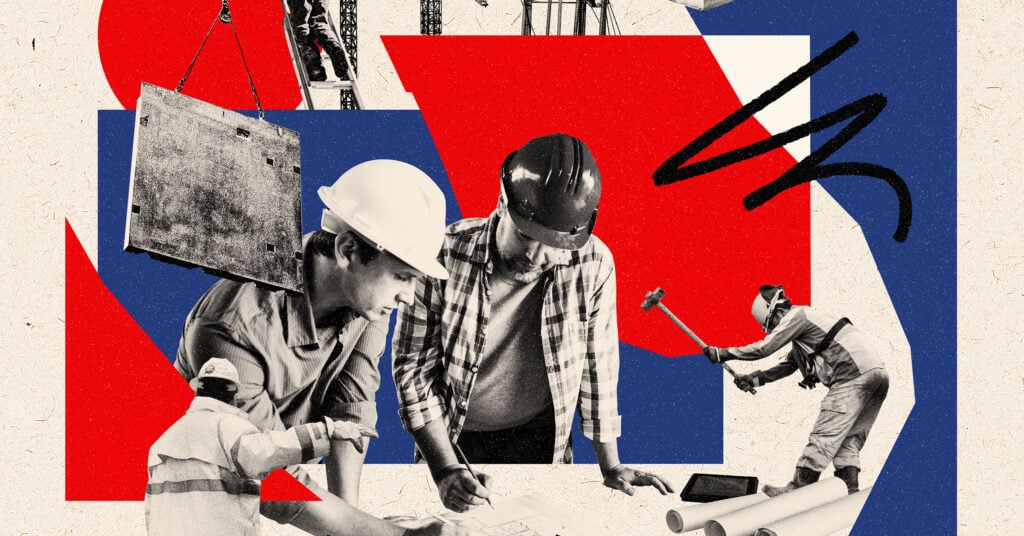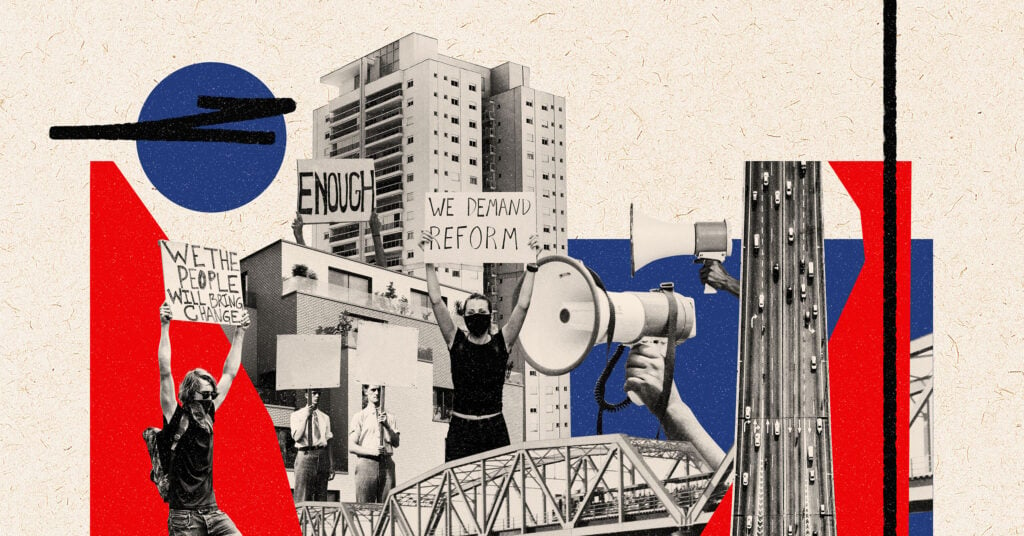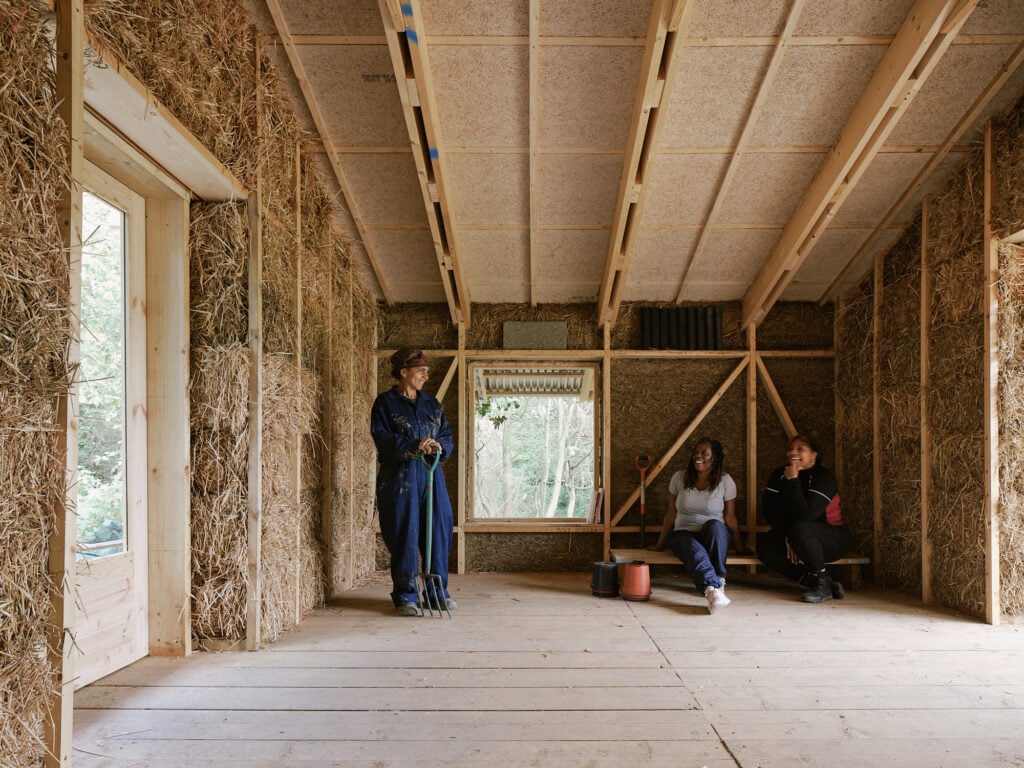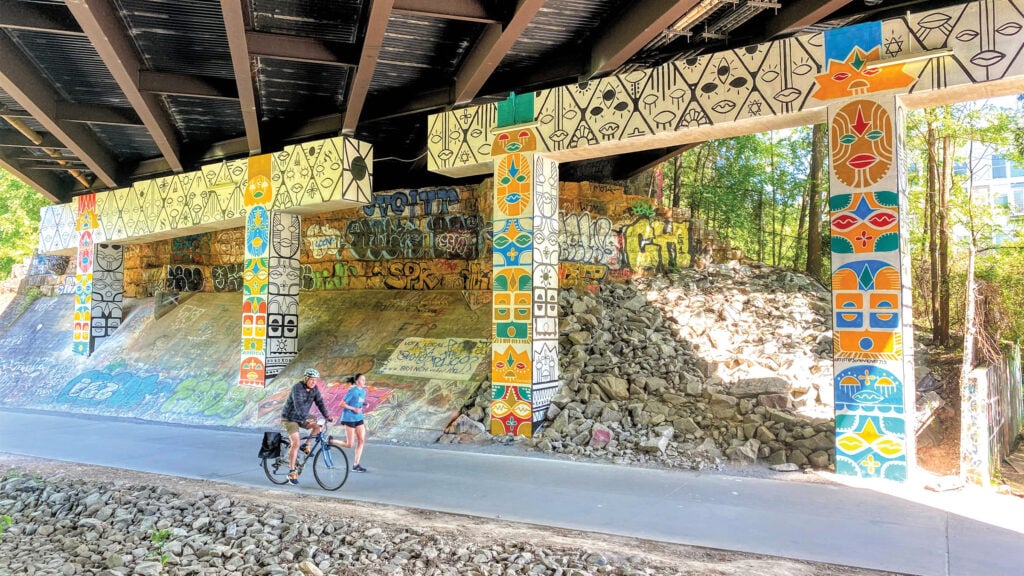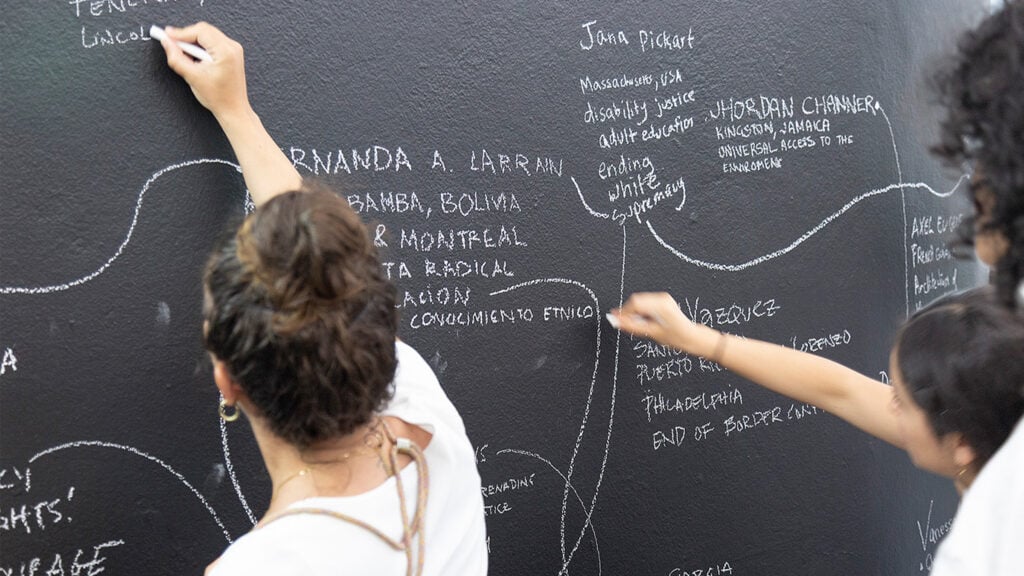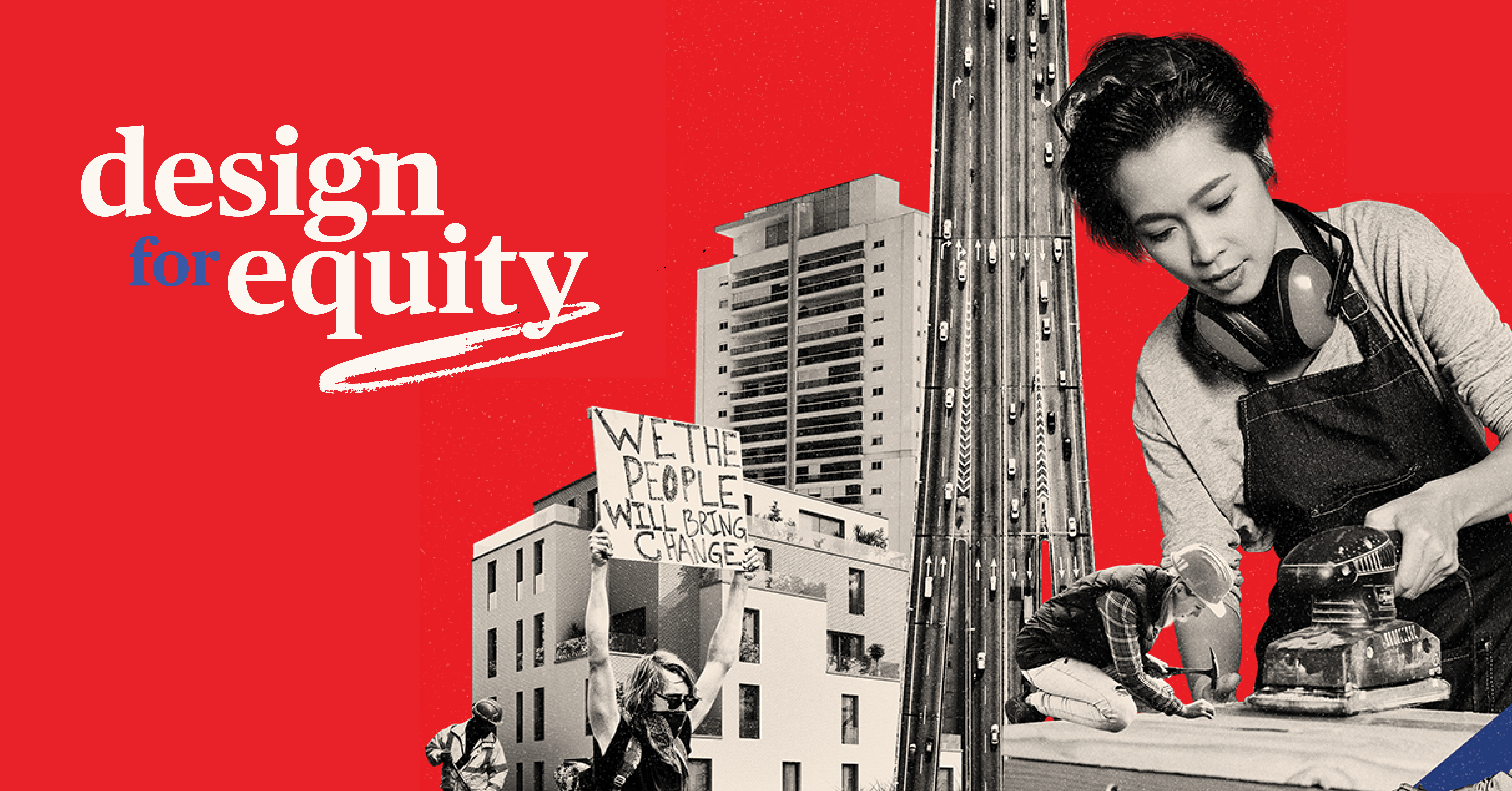
December 13, 2022
Design for Equity Primer: 20+ Resources to Help You Design Inclusively and Fairly
A fundamental purpose of architecture and design practice is to shape space for human beings to live, work, play, heal, socialize, and carry out all the activities that are necessary for us to survive and thrive. However, these provisions have not been distributed equally or fairly, with those able to pay for design services shaping the built environment to their purpose, sometimes at the cost of the people that clients are able to, willing to, or happen to ignore.
As I wrote in the November/December 2021 issue of Metropolis:
“For years, we have considered it a virtue to intently focus our energy on the health, needs, and desires of the people who occupy our buildings and interiors. But this approach has two drawbacks: One, who the “occupants” are is usually defined by clients who tend to be more concerned with customers than employees or else prioritize needs in descending order of corporate hierarchy. Two, by zeroing in on occupants, we forget that every building or interior touches innumerable lives along its supply chain, from miners who pull raw materials out of the bowels of the earth to the communities who live near the landfills where our building materials eventually end up.”
There has been growing recognition that this situation needs to change, with various organizations—both within the architecture and interior design industry, as well as outside it—defining frameworks, providing guidance, and developing tools so that the built environment can undo the harm and injustice it causes, and start to make a positive impact in people’s lives.
This Design for Equity Primer gathers as many of these existing resources as possible, under six sections:
Viewpoints
The Best Tools for Creating Equity in Design Firms
This section of the Metropolis Design for Equity Primer offers resources to help you promote fairness and justice within your firm.
Viewpoints
The Best Tools for Equity in Architecture and Design Supply Chains
This section of the Metropolis Design for Equity Primer offers resources to create equity in building material supply chains.
Viewpoints
The Best Resources for More Meaningful Community Engagement
This section of the Metropolis Design for Equity Primer offers resources to help you listen to the needs of the individuals and groups a project will affect.
Viewpoints
The Best Resources Linking Sustainability and Equity
This section of the Metropolis Design for Equity Primer offers resources to expand your green building practice to include social equity.
Viewpoints
The Best Design Resources that Connect Health and Equity
This section of the Metropolis Design for Equity Primer offers resources to help you understand the connections between health and equity.
Viewpoints
The Best Tools to Achieve Equity in Project Outcomes
This section of the Metropolis Design for Equity Primer offers resources to help you design spaces that are inclusive, accessible, and equitable.
Each section contains a brief introduction, links to resources relevant to that section, suggested reading from Metropolis’s past coverage, and additional reading from various sources.
Below, you’ll find a few fundamental definitions for equity, as well as posters and indexes for handy reference to other definitions.
If you want a simple list of all resources, you’ll find that below as well.
The Design for Equity primer was created through a 3-week hackathon, with the inputs of many architecture, design, real estate, hospitality, and manufacturing professionals who are themselves deeply engaged in the work of making the built environment more equitable and just. A full list of acknowledgements is at the bottom of this article.
The Design for Equity Hackathon was organized in partnership with Humanscale, Mohawk Group, and Wolf-Gordon—all three manufacturing companies with deep commitments to human health, wellbeing, and justice. A special thanks to Jane Abernethy, Royce Epstein, and Marybeth Shaw for their engagement with this process.
The texts in this Primer were written by Metropolis deputy editor Kelly Beamon and digital editor Ethan Tucker. The Primer was designed by design director Travis Ward and designer Robert Pracek. The Design for Equity Hackathon sessions were organized by VP of marketing and events Tina Brennan and events manager Kelly Kriwko.
This is a living resource, and will be updated with additional tools, manuals, and certifications as they become available. We hope you will find it a useful starting point or source of support as you work towards creating positive experiences for all. —Avinash Rajagopal, editor in chief
Definitions
Equity
The notion of being fair and impartial as an individual engages with an organization or system, particularly systems of grievance. “Equity” is often conflated with the term “Equality” (meaning sameness). In fact, true equity implies that an individual may need to experience or receive something different (not equal) in order to maintain fairness and access.
—Encyclopedia of Diversity and Social Justice. Vol. 1. (Rowman & Littlefield, 2015) p. 303-4.
The distribution of material and nonmaterial goods in a manner that brings the greatest benefit required to any particular community.
—Just City Index. (Just City Lab, 2017)
Equity in the Built Environment
No available definition encompasses all dimensions of equity in the built environment, combining equity in supply chains, equity in design process, equity in design organizations, and equity in outcomes.
Design solutions affect more than the client and current occupants. Good design positively impacts future occupants and the larger community.
- What is the project’s greater reach? How could this project contribute to creating a diverse, accessible, walkable, just, and human-scaled community?
- Who might this project be forgetting? How can the design process and outcome remove barriers and promote inclusion and social equity, particularly with respect to vulnerable communities?
- What opportunities exist in this project to include, engage, and promote human connection?
- How can the design support health and resilience for the community during times of need or during emergencies?
—AIA Framework for Design Excellence: Design for Equitable Communities, American Institute of Architects
Social equity and climate justice are central to cohesive, safe, and resilient communities. Interior design professionals promote diversity, inclusion, and equity by committing to:
- Design to benefit people with different backgrounds and needs, equally and fairly.
- Include and reflect the perspectives of underrepresented communities in our work process.
- Make design choices that directly support the health and prosperity of vulnerable communities in our work product.
- Prioritize access and a positive experience for all people, regardless of visible and invisible differences.
— Interior Design Pledge for Positive Impact, ASID, IIDA, IDC, Metropolis
Posters and Indexes
Just City Lab’s Just City Index
https://www.designforthejustcity.org/engage
Design as Protest’s Antiracist Design Index
https://www.dapcollective.com/index
Dissent by Design’s A-to-Z Manifesto
https://www.dissentbydesign.net/resources
Design for Equity Hackathon Participants
Alana Hosey, HKS
Allison Smith, HKS
Ariana Hallenbeck, Perkins&Will
Caitlin Youngster, HOK
Charlotte Jolly, ZGF
Dayton Schroeter, SmithGroup
Diane Nguyen, Highgate
Elaine Asal, Gensler
Genie Bae, CannonDesign
Jane Abernethy, Humanscale
Katherine Antarikso, HOK
Lisa Cholmondeley, Gensler
Lona Rerick, ZGF
Marybeth Shaw, Wolf-Gordon
Paul McElroy, Highgate
Rainey Shane, JLL
Rosa Sheng, SmithGroup
Royce Epstein, Mohawk Group
Safdar Abidi, Perkins&Will
Shawn Hesse, JLL
Stephanie Richardson, Humanscale
Tisa Olmer, Salesforce
Design for Equity Hackathon Partners
All Resources
AIA Architects’ Role in Creating Equitable Communities
AIA Equitable Development Frameworks
AIA Equitable Communities Resource
AIA Guides for Equitable Practice
Would you like to comment on this article? Send your thoughts to: [email protected]
Latest
Viewpoints
Thatch—The Past and Future of Green Building?
Architects are rediscovering the potential of reeds and thatch through projects that sequesters carbon—and help restore wetlands.
Projects
The Project That Remade Atlanta Is Still a Work in Progress
Atlanta’s Beltline becomes a transformative force—but as debates over transit and displacement grow, its future remains uncertain.
Profiles
WAI Architecture Think Tank Approaches Practice as Pedagogy
Nathalie Frankowski and Cruz García use their practice to help dismantle oppressive systems, forge resistance spaces, and reimagine collective futures.



